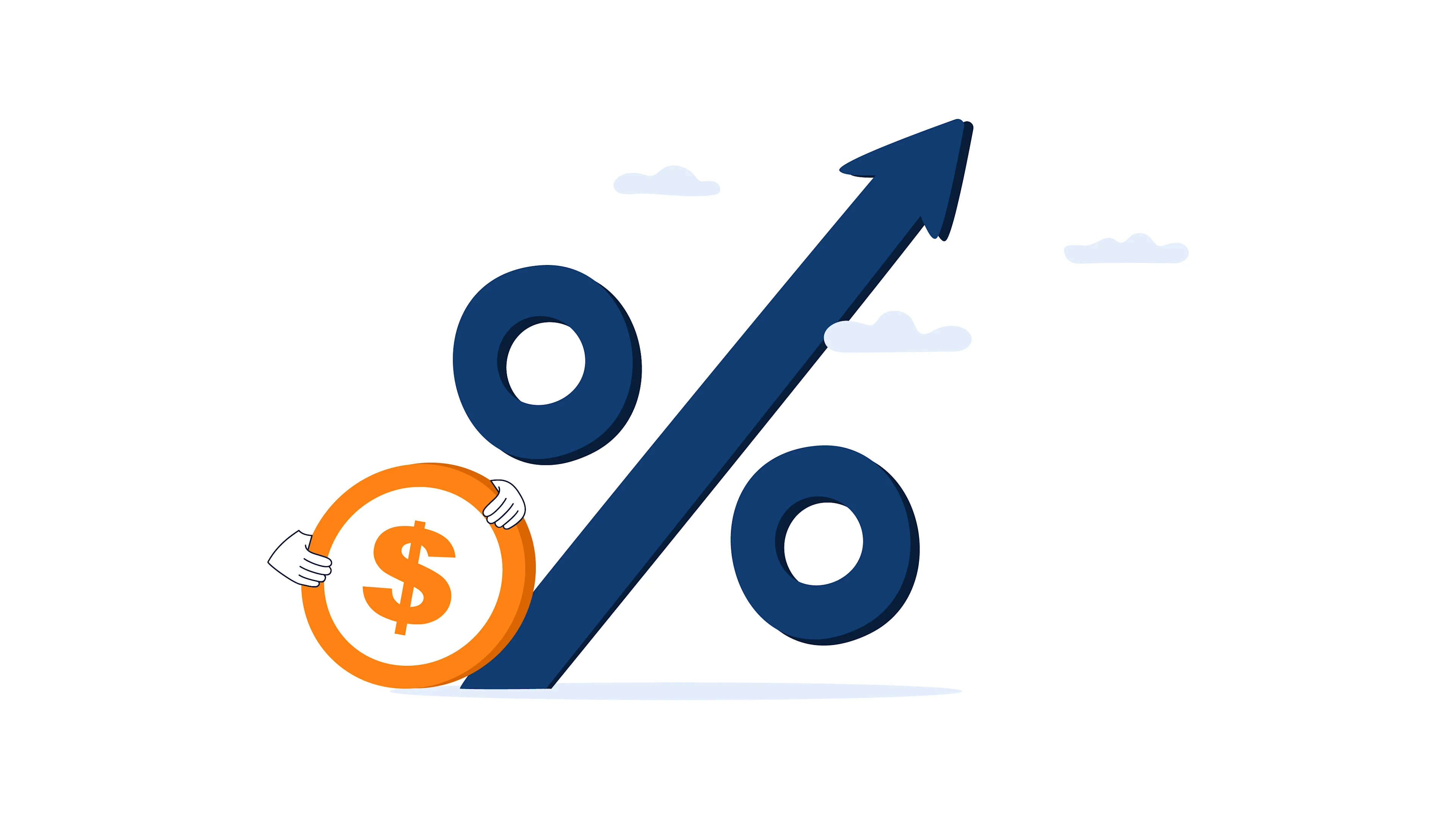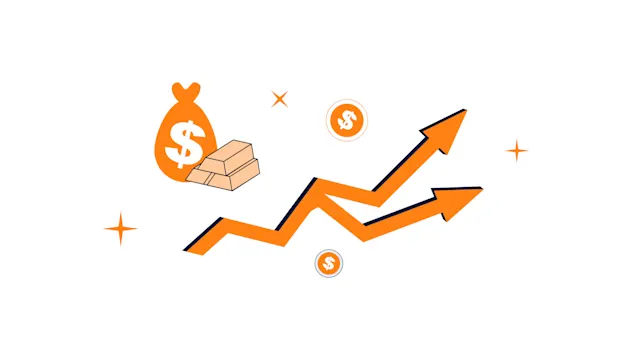
What Is Interest Rate?
An interest rate is a payment owed to a lender by the borrower per period, which is a percentage of borrowed amount (the principal).
An interest rate is a payment owed to a lender by the borrower per period, which is a percentage of borrowed amount (the principal). Interest rates can be imposed in different ways and have varying effects on the economy, a person, or an institution, depending on how it is applied.
How do interest rates work
Institutions or natural people mostly borrow money from a bank. There are various variables and ways banks apply their interest on a loan. On a macro level, a country's central bank sets the target interest, which affects the rate at which banks borrow from each other overnight. Moreover, the central bank also sets the discount rate, which banks borrow from the central bank. These rates are important because they will determine the interest rates banks set for their customers to make a profit.
On a micro level, the banks look at the customer wanting to borrow and their crediting rating to determine their interest rate. Additionally, the type of debt will affect how high or low the interest rate is; for example, revolving debt, such as credit card debt, will have a higher interest rate than other loans.
Types of interest rates
Simple interest v Compound interest
Simple interest rate (SIR): Incurred over a subsequent period on the principal.
Compound interest rate(CIR): An interest payment incurred on the sum of the principal loan and previous interest payment. The disparity between CIR and SIR increases over longer periods making CIR usually higher than SIR.
Fixed v Variable
Fixed interest rate: The interest rate remains the same throughout the period of paying the loan.
Variable interest rate: This interest rate can vary depending on how the central banks or federal reserve change their interest rate. Market conditions usually influence the variation. For example, if inflation is high, the interest rate is likely to increase; conversely, if inflation is low or the economy is headed toward deflation, interest rates are likely to decrease.
Good & Bad Interest
Interest rates can be seen as good or bad depending on the perspective of the type of customer.
Savings account
Interest rates usually have a negative perspective from the general public due to their common association with debt. However, it can be a good thing if used for a savings account. A customer with a savings account is essentially lending their money to the bank; that is why they can earn a passive income through the interest that the bank pays. With such a scenario, a customer would want to go for a compounding interest rate service to gain the most income from their savings.
Cost of debt
Alternatively, given that most people rely on banks to borrow money, interest rates are usually seen in a negative light because they increase the cost of borrowing. Higher interest discourages borrowing or increases existing debt costs, leading to bankruptcy for some.
Why are interest rates important?
Interest rates have a major impact on the economy, which affects all those participating in the economy. The business model of commercial banks revolves around borrowing and lending in which interest rates are involved. Although, the control of interest is the power and mandate given to the central banks of a country.
Central banks usually increase interest rates to slow down high inflation and decrease interest rates to stimulate the economy. Tinkering with interest rates influences consumer behavior, which has a major impact on the economy. As a result, interest rates can speed up or slow down the economy at the central banks' will.



